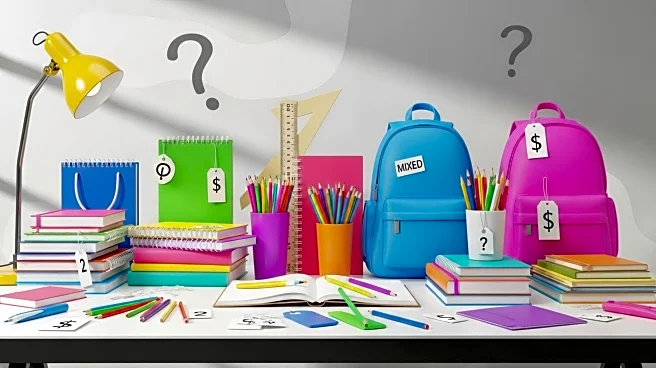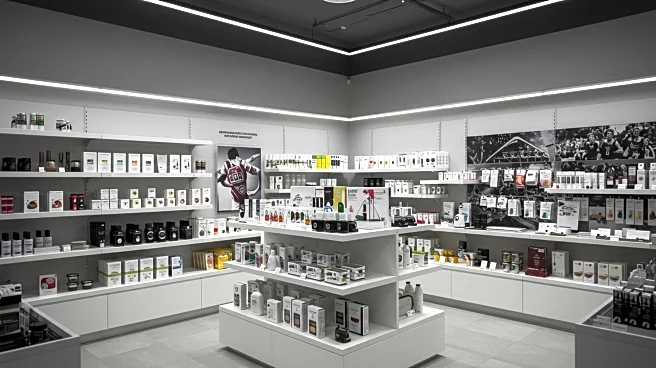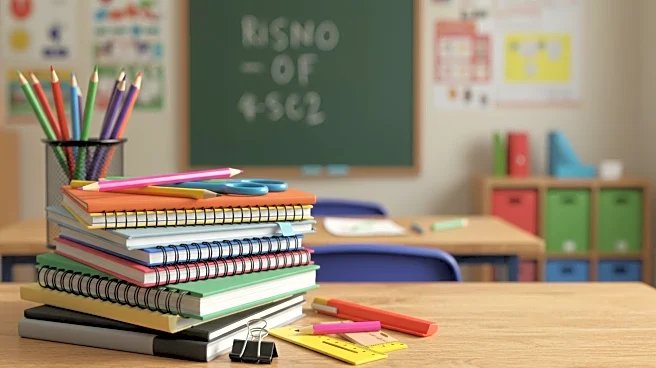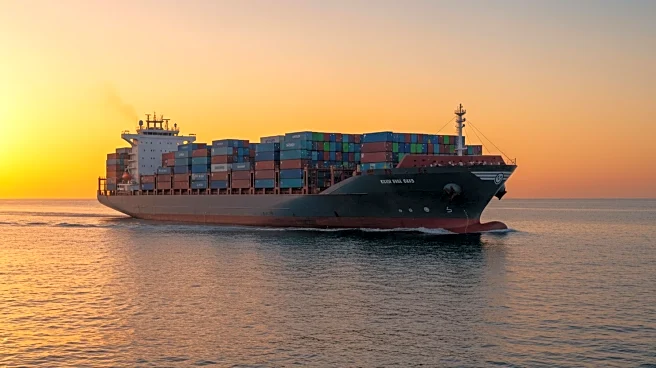What is the story about?
What's Happening?
As the back-to-school season progresses, parents and students are encountering a mixed pricing landscape for school supplies. According to recent data, while some items have seen price increases, others have remained stable or decreased. This variability is partly attributed to new tariffs on imported goods, which have created uncertainty in the market. Retailers like Amazon, Walmart, and Target are navigating these changes, with some products experiencing significant price hikes. For instance, the price of certain notebooks and calculators has surged, reflecting the impact of tariffs on specific goods.
Why It's Important?
The fluctuating prices during the back-to-school season underscore the broader economic impact of tariffs on consumer goods. As families prepare for the new school year, the cost of essential supplies can strain budgets, particularly for those already facing financial challenges. Retailers are also affected, as they balance absorbing tariff costs with maintaining competitive pricing. This situation highlights the interconnectedness of global trade policies and domestic consumer markets, with potential long-term implications for pricing strategies and consumer behavior.
What's Next?
As tariffs continue to influence pricing, consumers may need to adjust their shopping strategies, potentially opting for store-brand or secondhand items to mitigate costs. Retailers might also explore alternative sourcing or pricing models to remain competitive. Additionally, the upcoming holiday season could see further price adjustments as tariffs on holiday goods are expected to be higher. Stakeholders, including policymakers and industry leaders, may need to address these challenges to ensure economic stability and consumer confidence.
AI Generated Content
Do you find this article useful?











